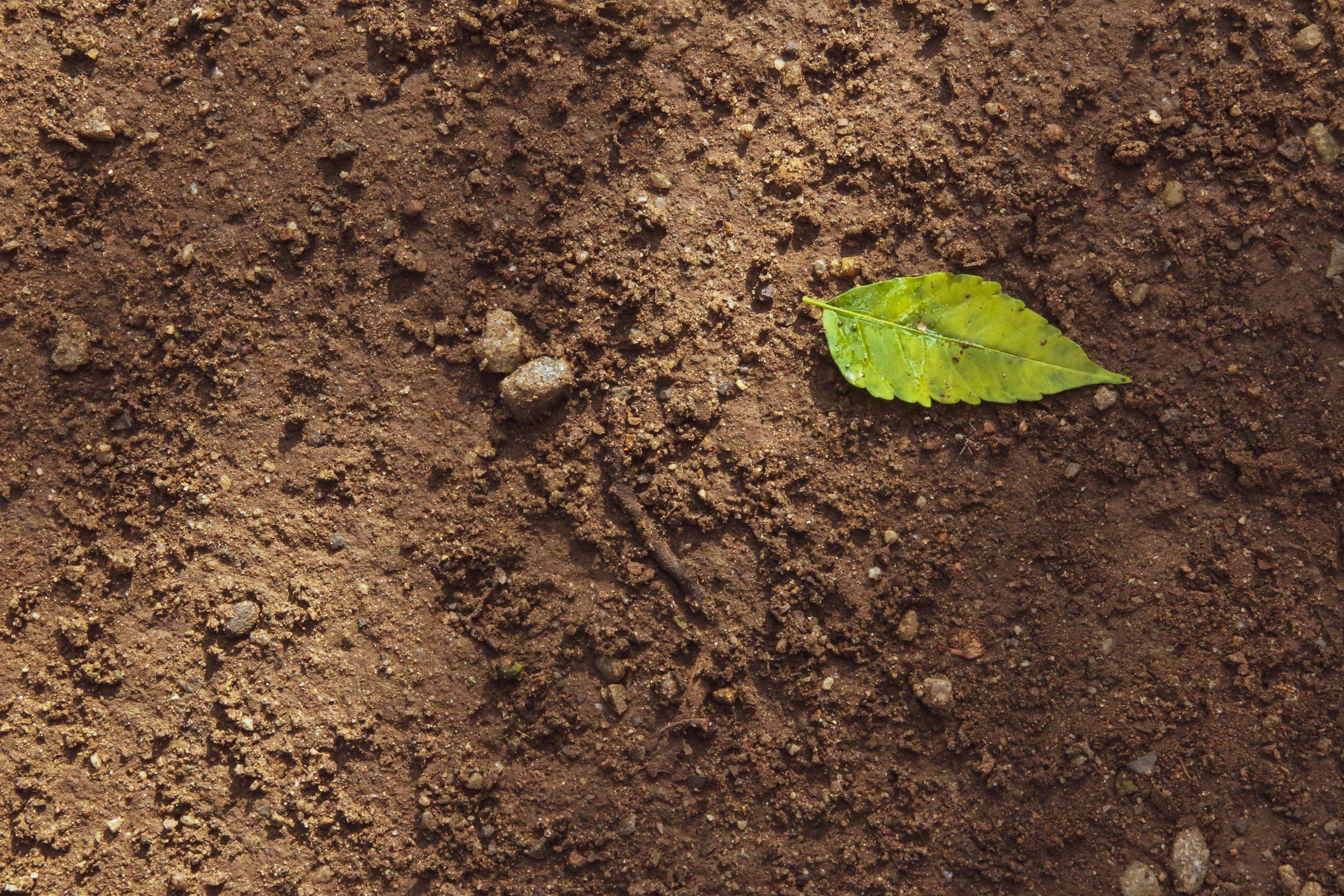
Jersey Worms Landscaping LLC
Servicing Morris County, NJ
Exceptional Landscape and Lawn Care Services
Searching for a trusted local landscaper to bring your outdoor vision to life? At Jersey Worms Landscaping, we combine expertise and passion to create exceptional results tailored to your property. Whether you’re dreaming of a pristine landscape, a vibrant and healthy lawn, or a pest-free backyard perfect for making memories, our certified team is ready to make it happen!
Your Vision is Our Mission!
At Jersey Worms Landscaping, we’re passionate about transforming outdoor spaces into thriving environments you’ll love. With deep local expertise, reliable service, and transparent communication, we bring a personal touch to every project, ensuring you always know what to expect.
Using professional-grade materials, we tailor our services to meet your property’s unique needs with precision and care. Whether it’s enhancing curb appeal, creating a lush lawn, or maintaining a pest-free backyard, we deliver results you can count on year-round.
Our Services
-

Lawn Maintenance
Keep your property looking its best with regular mowing, edging, and upkeep to maintain a neat and polished appearance. Our dependable service ensures your lawn stays beautiful and well-maintained all year long.
-

Lawn Treatment Programs
Promote a healthy, vibrant lawn with fertilization, weed control, and targeted treatments tailored to your property’s needs. Our expertise ensures your grass thrives season after season, delivering lush, green results.
-
Lawn Care Services
Revitalize your lawn with our expert services designed to improve soil health and promote lush, lasting growth. From aerating and overseeding to slice seeding, dethatching, sod installation, and hydroseeding, we tailor each solution to help you achieve a thicker, greener lawn.
-

Tick & Mosquito Control
Protect your yard and family with targeted treatments to effectively reduce ticks and mosquitoes. Enjoy your outdoor spaces worry-free, without the nuisance or health risks associated with these pests.
-

Organic Solutions
Nurture your lawn and landscape with eco-friendly, sustainable treatments that improve soil health. Our organic approach ensures safe, long-lasting results while being gentle on the environment.
-

Mulching & Maintenance
Enhance your landscape beds with premium mulch that retains moisture, reduces weeds, and boosts curb appeal. Mulching not only improves the health of your plants but also gives your property a clean, finished look.
-

Trimming & Pruning
Keep your trees and shrubs in top shape with expert trimming and pruning to maintain their health and beauty. Our services encourage proper growth, improve structure, and enhance your property’s overall appearance.
-

Snow & Ice Management
Ensure your property is safe and accessible during the winter months with our reliable snow removal and ice management services. We provide clear pathways and driveways so you can navigate your property with ease.
What Our Customers Are Saying:
"Found these guys for a simple fall cleanup on a quarter acre property. Made quick and professional work of it. Very reasonably priced too. Would hire again."
Chris / Rockaway Resident / January 2025
"My husband and I knew we needed someone trustworthy, honest, talented, good communication. Gavin and his crew thus far, have checked off everything we were looking for in landscaping. And super easy to pay and has an online portal, very convenient ☺️ Highly recommend"
Dionne / Rockaway Resident / July 2024
"Gavin and crew are absolutely wonderful. The job they do every week is professional and reasonable. I have had them do mulch, seeding, weekly cuts, spring and fall clean-up and even had their help with snow removal. I highly recommend their services!"
Dawn / Rockaway Resident / November 2024
"Always accommodating friendly personnel. Attention to detail. Offer many services to personalize your property."
Linda / Rockaway Resident / August 2024





